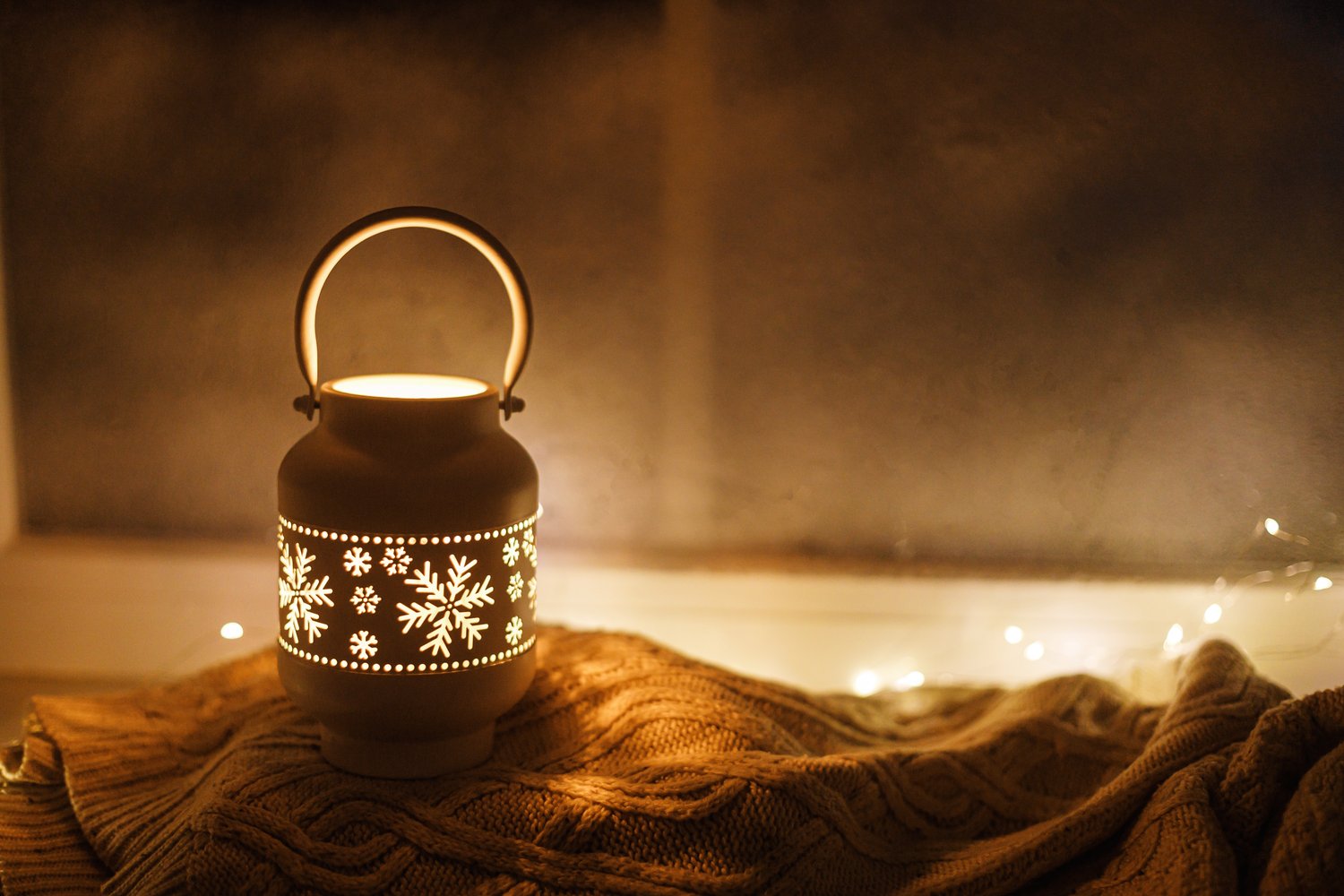Understanding the basics of lighting
Lighting plays a crucial role in our daily lives. It affects our mood, productivity, and overall well-being. There are three main types of lighting: ambient, task, and accent. Ambient lighting provides general illumination for a room. Task lighting focuses on specific areas for activities like reading or cooking. Accent lighting highlights particular features or objects in a space.
Different rooms require different lighting strategies. Kitchens need bright, even lighting for food preparation. Living rooms benefit from layered lighting for various activities. Bedrooms often use softer, more relaxing light. Bathrooms require bright, even lighting for grooming tasks. Outdoor spaces need durable fixtures that withstand the elements.
Lighting [Lighting] https://onninen.pl/en/products/Lighting can significantly impact energy consumption. LED bulbs use up to 75% less energy than traditional incandescent bulbs. They also last 25 times longer, reducing replacement costs. Choosing energy-efficient options can lead to substantial savings over time.
Choosing the right light fixtures
Light fixtures come in various styles and designs. Chandeliers add elegance to dining rooms or entryways. Pendant lights work well over kitchen islands or in clusters. Recessed lights provide a clean, modern look for any room. Track lighting offers flexibility for directing light where needed. Wall sconces can create a cozy ambiance in hallways or bedrooms.
The size of a fixture matters as much as its style. A general rule is to add the room’s length and width in feet. This sum, converted to inches, suggests an appropriate diameter for a central fixture. For example, a 12×14 foot room would suit a 26-inch diameter chandelier.
[Light fixtures] https://onninen.pl/en/products/Lighting/Light-fixtures should complement your décor. Consider the existing colors, textures, and materials in your space. A rustic wooden pendant might suit a farmhouse kitchen, while a sleek metal fixture could enhance a modern living room. Don’t be afraid to mix styles for a unique look.
Selecting the best light sources
Light sources greatly influence the quality of illumination. Incandescent bulbs provide warm, inviting light but are less energy-efficient. Fluorescent lights offer good efficiency but may have a harsh quality. LED bulbs combine energy efficiency with excellent light quality. Halogen bulbs provide bright, white light ideal for task lighting.
Color temperature is measured in Kelvins (K). Lower numbers (2700-3000K) produce warm, yellowish light. Higher numbers (5000-6500K) create cool, bluish light. Midrange values (3500-4100K) offer neutral white light. Choose based on the mood you want to create in each space.
[Light sources] https://onninen.pl/en/products/Lighting/Light-sources vary in their Color Rendering Index (CRI). This measures how accurately a light source reveals colors compared to natural daylight. A CRI of 80-90 is good, while 90-100 is excellent. Higher CRI values are especially important in spaces where color accuracy matters, such as art studios or retail environments.
Implementing smart lighting solutions
Smart lighting systems offer unprecedented control over your illumination. These systems allow you to adjust brightness, color, and timing from your smartphone or voice assistant. Some popular brands include Philips Hue, LIFX, and Sengled. Installation typically involves replacing existing bulbs or fixtures with smart-enabled versions.
Smart lighting can significantly enhance home security. You can set lights to turn on and off randomly when you’re away, mimicking occupancy. Motion-activated outdoor lights deter intruders and improve safety. Some systems even integrate with security cameras for a comprehensive approach.
Energy savings are a key benefit of smart lighting. Occupancy sensors ensure lights aren’t left on in empty rooms. Daylight sensors adjust artificial light based on available natural light. Scheduling features allow you to automate your lighting patterns. These features can reduce energy consumption by up to 60% compared to traditional lighting setups.
Maintaining your lighting system
Regular maintenance ensures optimal performance of your lighting system. Clean fixtures and bulbs every 6-12 months to maintain brightness. Dust can reduce light output by up to 50%. Use a soft, dry cloth for most cleaning tasks. For stubborn grime, a slightly damp cloth works well.
Replace bulbs promptly when they burn out. Waiting too long can strain other components of the fixture. Keep a stock of commonly used bulbs to avoid dark periods. When replacing, consider upgrading to more energy-efficient options if you haven’t already.
Inspect wiring and connections annually for signs of wear or damage. Look for frayed wires, loose connections, or signs of overheating. If you notice any issues, consult a professional electrician. Proper maintenance not only improves performance but also extends the lifespan of your lighting system.





